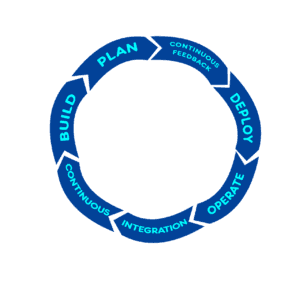What exactly are the reasons their needs are not being met?
First, he needs to find out who his real users are; what they think; how they feel; what they see; hear; say and do.
Not satisfied with merely coming up with potential issues internally, the business, design, and engineering team collaborate and decide to find people who have shared an interest in cosmetics and are familiar with the products. After their initial search, the team narrows their focus to a candidate that meets a wide variety of helpful criteria.
Priya agrees to an ongoing relationship to provide priceless insights as the business grows. As the team begins to work with Priya, they gain insights they otherwise would have missed. This research is crucial in making improvements for their users. For example, they find that Priya, despite being interested in new cosmetics, doesn’t know where to begin. She likes the way how many products look appealing online, but (so many herbal creams ranging from whitening creams, acne creams, sunscreen lotions to moisturizing lotion, 4-in-1 lotions) she doesn’t know which one to pick at the store. A customer can always ask an expert but visitors on the website like Priya have no simple way to get help.
Armed with this new information, the team regroups with a larger team and plans for refining the challenge. They agree that the site fails to deliver personalized how-to-guidance at any point in the online experience. To articulate a clear outcome statement, the team generates as many ideas as they can. Help chat, an ointment guide tool, the ability to submit photos and questions.
Gradually they weed out unrealistic and expected ideas that lack a WOW factor. Only then can they start to determine a solution with new features like responsive recommendations to expert videos based on what content a user is viewing.
They begin with sketches and move to more formal designs to better hone in on the real value the users need. The team leader engages a larger cross-functional team that can deliver a working model of the idea. The working model is reviewed with a larger team and tested with their end-users. As a team they should be developing a prototype to refine the idea further in order to offer Priya the ability to archive favorite video materials.
They take the working prototype to the end user to test its effectiveness and get feedback. The team iteratively refine the product at each step of the way to make it suitable for the user.
Finally, the team deploys the new interactive choose -your-cosmetic guidance tool which is closely monitored to ensure it undergoes continuous upgrades based on insights from usage metrics and new customer needs.
By using design thinking and agile, Greenberry Organics is able to define and solve their client challenge by putting the end user first. By applying agile development methods, they are able to deliver new functionality using an iterative approach that was transparent.
If you are trying to improve a process, beginning with the end user will help you focus on improvements that provide the most value. If you are trying to make progress quickly on a project, establish the most critical features to focus on first. Iterate quickly and share progress regularly across the team and with end users.
As the marketplace changes, we need to evolve faster than ever. It’s how we keep reinventing ourselves every day that matters.







